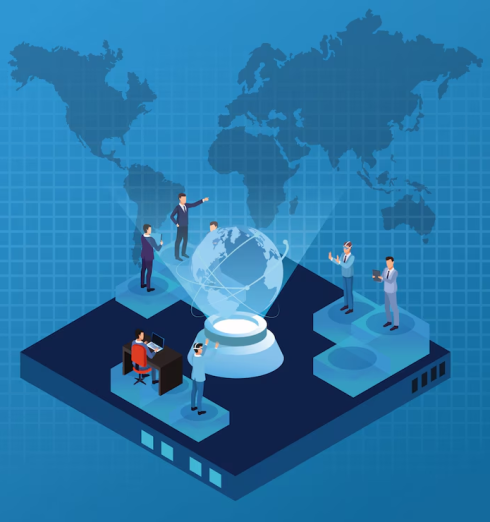Apr 01, 2024 .
By admin
GCC vs. Outsourcing: Which Model Is Right for Your Growing Tech Team?
Rethinking global delivery: A strategic comparison for ambitious tech-led companies
As companies scale, the need for reliable, cost-effective, and innovation-driven tech execution becomes
mission-critical. The question many technology leaders face is this:
”Do we continue outsourcing, or is it time to build a Global Capability Center (GCC)?“
This isn’t just about cost. It’s about control, culture, IP protection, speed, and long-term value creation.
In this article, we break down the difference between traditional outsourcing and modern GCC models,
helping you choose what aligns best with your business maturity, product roadmap, and future goals.
Understanding the Two Models
| Criteria | Outsourcing | Global Capability Center (GCC) |
|---|---|---|
| Ownership | Vendor-managed | Client-owned or jointly managed |
| Control | Limited | Full strategic and operational control |
| Team Alignment | External, often project-based | Embedded, long-term team alignment |
| IP & Security | Shared risk | Full IP retention and enhanced governance |
| Scalability | Vendor-dependent | Built to scale as per your roadmap |
| Costs | Pay-as-you-go | Higher initial setup, lower long-term cost |
| Innovation Depth | Task execution | Strategic co-creation & R&D potential |

Why Enterprises Are Pivoting Toward GCCs
IP Protection Becomes Non-Negotiable
Startups and enterprises working on proprietary technologies or SaaS platforms can’t afford loose
ends. GCCs ensure tighter security and ownership.
Long-Term Value Over Short-Term Delivery
With outsourcing, knowledge often leaves with the vendor. GCCs preserve institutional knowledge
and foster in-house capability even when offshore.
Talent Ownership
GCCs let you hire, mentor, and retain teams under your brand. Creating a high-performance
culture that’s hard to replicate with vendors.
Cost Efficiency at Scale
While initial setup may seem heavy, over 12–24 months, most GCCs offer 30–60% TCO savings compared to outsourcing.


When Is Outsourcing Still a Smart Move?
- Early-stage experimentation or quick MVPs
- Limited budget with short-term goals
- Non-core components or overflow tasks
- Projects with fixed scope and timeline
In contrast, companies with growing products, evolving platforms, or complex tech stacks eventually hit the
limits of traditional outsourcing.
Use Case Comparison
Outsourcing Use Case
Company: European B2B SaaS Startup
Need: Build an MVP in 10 weeks
Approach: Hired a dev agency for frontend + backend
Result: MVP delivered but limited tech continuity and scalability
GCC Use Case
Company: Singapore-based fintech scale-up
Understanding the Two Models
Need: Build core product and maintain platform agility
Approach: Partnered for a Build-Operate-Transfer (BOT) model in India
Result: Fully operational GCC in 9 months, now powering R&D, DevOps, and compliance
The BOT Advantage (Build-Operate-Transfer)
An ideal entry point to the GCC journey:
- Build: We establish your offshore team, infrastructure, and governance
- Operate: We manage delivery, compliance, and team scaling
- Transfer: You gain full control when ready, without the setup burden
This de-risks global expansion and accelerates capability building.
Key Questions to Ask Before Choosing
- Do we want strategic control or tactical execution?
- How important is IP protection for our platform?
- Is global talent a key part of our scale strategy?
- Are we ready to invest in long-term infrastructure?
- Can our current vendors scale with our product ambition?
Final Word: Think Beyond Cost—Think Capability
Choosing between outsourcing and a GCC isn’t just an operational decision. it’s a strategic one. If you’re
building a long-term digital product or scaling tech capacity globally, GCCs give you the agility, security, and
control to move with confidence.
Thinking of building your offshore tech team?
We’ve helped companies across Europe, Singapore, and Australia establish cost-effective, high-impact Global Capability Centers with hybrid models like BOT, ODC, and CoE.
Let’s plan your capability roadmap.
Book a Strategy Call →
